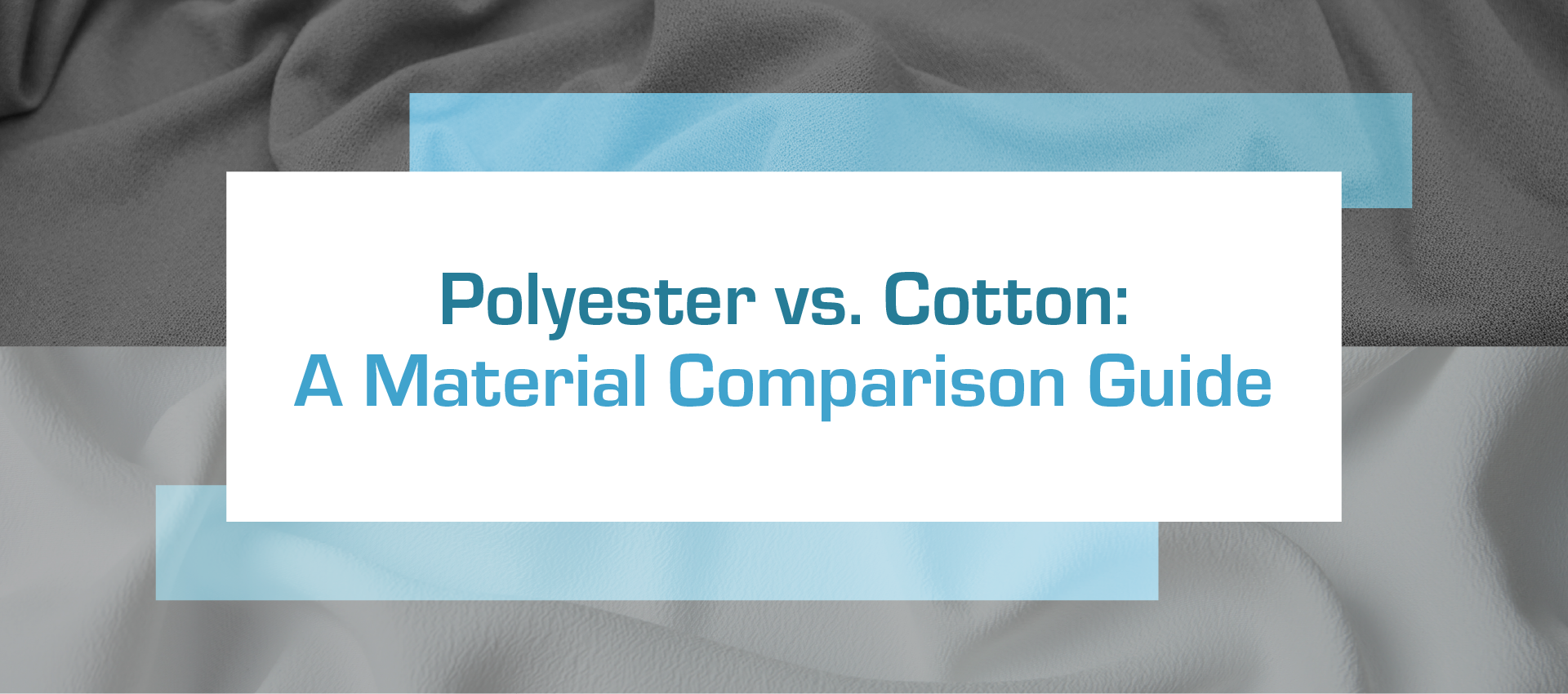How the Sewing Industry Powers Manufacturing
The Often Overlooked Backbone: Sewing in Modern Manufacturing
Sewing plays a central role in many manufacturing processes, but it rarely gets much attention. It’s used to build products that rely on flexible materials, tight seams, and durable construction. In many industries, sewing is what makes complex designs possible.
Industrial sewing is often behind the performance of products that need to contain, protect, or withstand exposure. It creates structure without adding bulk, and it allows for precision where traditional methods fall short. For manufacturers working with soft or layered materials, sewing is more than a finishing step. It’s a key part of how the product works.
Industries That Rely on Industrial Sewing
Sewing supports a wide range of manufacturing needs across technical and high-performance sectors. It’s often used where materials need to flex, seal, or hold up under pressure. The following industries depend on industrial sewing as part of their production process.
Medical and Healthcare
Medical products often need to be sealed, durable, and easy to clean. Industrial sewing is used to build items like positioning equipment, flexible enclosures, and sealed cushions that meet strict performance standards.
Sewn components can be customized based on material, fit, and use. Quick prototyping is also key, especially when function and comfort affect safety or patient care.
Defense and Military
Military products face demanding use, so construction methods need to be tough and consistent. Industrial sewing is used to assemble gear like transport covers, modular packs, and protective panels that perform in unpredictable environments.
Strong stitching holds up under stress, even when combined with thick or layered materials. It also gives manufacturers the flexibility to modify designs based on specific mission or equipment needs.
Automotive and Transportation
In transportation, sewn components are used where flexibility, fit, and strength come together. Industrial sewing is used to fabricate covers, liners, and containment solutions for vehicles and equipment across commercial fleets, agriculture, and transit systems.
These products often need to conform to unique shapes, handle vibration, and resist wear over time. Sewing provides a reliable way to create tight seams and custom shapes without compromising durability.
Outdoor and Recreational Gear
Durability, weight, and adaptability matter in outdoor products. Industrial sewing is used to assemble weather-resistant covers, padded carriers, and fabric-based components designed for repeated use.
Many of these items combine specialty fabrics, fasteners, and reinforced layers. Through precise stitching, each part fits together cleanly, creating a finished product that performs under pressure without adding unnecessary bulk.
Aerospace and Aviation
In aerospace manufacturing, materials need to be both lightweight and engineered to exact specifications. Industrial sewing is used to produce covers, restraints, insulation components, and protective gear that meet tight tolerances.
These applications often require flame resistance, minimal weight, and secure attachment. Sewing offers a way to join technical fabrics without compromising performance or increasing load.
Industrial Equipment and Containment
Manufacturing facilities and work sites often deal with fluids, debris, or equipment that needs to be shielded or contained. Industrial sewing is used to create liners, machine covers, and flexible barriers built to hold up in demanding environments.
Materials are selected for strength, resistance, and long-term use. Stitching methods allow for custom shapes, reinforced seams, and compatibility with other fabrication processes where needed.
Beyond the Stitch: What Industrial Sewing Enables
Sewing adds value beyond holding materials together. In manufacturing, it allows for tighter tolerances, smarter use of flexible materials, and more control over form and function. Products can be built to fit specific environments, handle repeated use, and meet performance standards that other methods can’t match.
Durability and Performance
Industrial sewing creates strong, consistent seams that hold up under stress. Stitch types, thread materials, and reinforcement techniques can all be adjusted based on how the product will be used. This level of control helps prevent seam failure, especially in products exposed to friction, pressure, or the elements.
When durability is a priority, sewn construction allows for targeted reinforcement without adding unnecessary weight or bulk. That balance between strength and efficiency is a major reason why sewn products are used in demanding applications.
Customization and Adaptability
Every project has different requirements for fit, function, and materials. Industrial sewing allows products to be tailored to exact dimensions, often with fewer limitations than rigid manufacturing methods. It also supports add-ons like zippers, handles, straps, and hardware without overhauling the design.
Adjustments can be made quickly, which is especially useful for short runs, specialized use cases, or evolving product specs. This flexibility makes sewing a valuable tool in early-stage development and full-scale production alike.
Flexible Material Integration
Combining materials like coated fabrics, foams, and specialty textiles often requires more than adhesives or thermal bonding. Industrial sewing allows those materials to come together cleanly, even when they vary in thickness or texture.
Designers can use sewing to create functional seams that hold shape without compromising flexibility. That’s especially useful when building products that rely on both soft and semi-rigid components.
Cost-Effective Prototyping
Prototyping often involves trial, error, and quick adjustments. Sewing provides a direct way to refine shapes, test materials, and make structural changes without committing to expensive tooling.
Teams can test real-world function early in the process, which shortens development cycles and cuts down on material waste. It’s a practical method for building out ideas before locking in a final design.
The Role of Sewing in Product Development
Sewing plays an important part in shaping how a product performs, especially when flexible materials are involved. It affects everything from how seams hold up under stress to how a product fits or folds during use.
During development, sewn prototypes give engineers and designers more freedom to test adjustments in real time. Material choices, seam placements, and finishing techniques can be explored without waiting for hard tooling or extended lead times.
That level of responsiveness makes sewing a valuable option for projects that need to move quickly while still meeting performance and quality standards.
Carolina CoverTech’s Sewing and Prototyping Capabilities
Carolina CoverTech uses industrial sewing to help customers move from concept to production with confidence. Projects often start with sketches, hand-cut samples, or rough models. From there, the team refines dimensions, material pairings, and construction methods until the product is ready for volume manufacturing.
Sewing is used throughout this process to test performance, fit, and durability. It also integrates smoothly with other in-house capabilities like RF welding and rigid-to-flexible conversions, which opens the door for more complex builds.
Whether a project needs short-run prototyping or high-volume output, the focus stays on durability, consistency, and customization.
Contact us to explore how our sewing and product development capabilities can support your next build.




